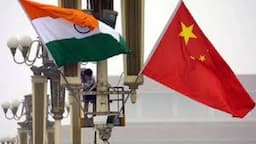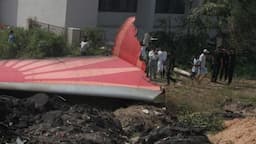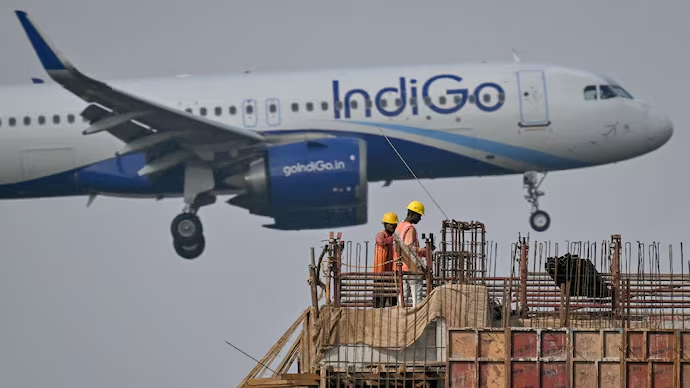After four years of a military standoff, Indian and Chinese troops have begun disengaging from Depsang Plains and Demchok — two friction points along the Line of Actual Control (LAC) in Eastern Ladakh — following diplomatic and military-level peace talks between the two countries at various forums over past several weeks, a senior Indian army officer said.
Indian Army troops and those from the People’s Liberation Army (PLA) of China along with their border guards, if any, will pull back from their forward positions in the two sectors by Oct 28-29 and patrolling will begin by the end of this month, top army sources were quoted as saying on Oct 25.

Meanwhile, Northern Army Commander Lt. General M V Suchindra Kumar told reporters on Oct 25 that an agreement has been reached between the two armies on patrolling arrangements along the LAC on the India-China border areas.
“And, as a result of weeks-long diplomatic and military level discussions between the two nations, the agreement has arrived at leading to disengagement and a resolution of the issues that had arisen in these areas in 2020.”
Kumar referred to foreign secretary Vikram Misri’s statement about diplomatic and military level negotiations between India and China at various forums over the last several weeks but did not share more details on the disengagement of troops.
Five tents on each side in the Demchok area and half of the temporary structures in Depsang (number not known) have been dismantled. Troops from both sides will fall back to positions they held before April 2020, and they will patrol areas, that they patrolled till the same period, sources said.
The latest agreement will be applicable only for Depsang and Demchok and not for other friction zones.
Indian soldiers are moving back to the west side of the Charding Nala, while Chinese soldiers retreat to the east side, according to sources.
There are about 10 to 12 temporary structures and around a dozen tents on both sides, all of which are set to be removed.
“Once the pullback process is complete, each side will verify each other’s position both on the ground and through aerial surveys to see if it is according to the agreement. Following that, the agreed terms of patrolling will be put to the ground,” a security establishment officer was quoted as saying.
The meetings between ground commanders of the Indian Army and People's Liberation Army (PLA) will continue to be held in Ladakh as per their schedule, army sources were quoted as saying.
“The number of troops that will constitute patrols of both sides has been arrived at through mutual agreement. Both sides will keep each other apprised when the patrols are launched so that there is no communication gap and to reduce any chances of any face-off developing between them,” sources said.
Among the temporary structures being dismantled are prefabricated sheds and tents which were being used to house equipment, vehicles, and troops.
India on Oct 21 announced that it has reached an agreement with China on patrolling along the LAC, marking a major breakthrough in ending over a four-year-long military standoff, which began after troops were engaged in a violent confrontation in Galwan Valley in May 2020.
China also confirmed the deal on the next day, with Beijing saying that a resolution has been reached on "relevant matters" and that it will work with New Delhi to implement these resolutions.
Chinese Foreign Ministry spokesperson Lin Jian in a statement had said that, going forward, his country will work with India to implement these resolutions.
Meanwhile, army sources were quoted as saying that there are no plans as of now to thin out the troops that were rushed to Ladakh at the peak of the face-off between the two countries over four years ago.
“The confidence-building measures would continue between the two sides and the aim as of now is to defuse an eyeball-to-eyeball situation and stand down near each other.” sources said.
The latest development means Indian troops can patrol up to patrolling point (PP) 10 to 13 in the Depsang Plains, and in Charding Nullah of Demchok.

Certain mutual agreements have also been made for the eastern theatre, especially in the sensitive sectors of Arunachal Pradesh. Other sectors in the east will come up in discussions later between the two sides, according to sources.
“While the normal strength of a patrol is about 13 to 18, at least 14 to 15 troops will be there in a patrol to avert any clash. Patrol programs of both sides will be exchanged and in case of any clashing date or time, it will be mutually modified.” sources said.
Notably, there are seven friction points in eastern Ladakh where Indian and Chinese troops have had confrontations since May 2020. These include PP 14 (Galwan), PP 15 (Hot Springs), PP 17A (Gogra), the north and south banks of Pangong Tso, Depsang Plains (the Chinese had cut off Indian access to the PPs there), and Charding Nullah.

















